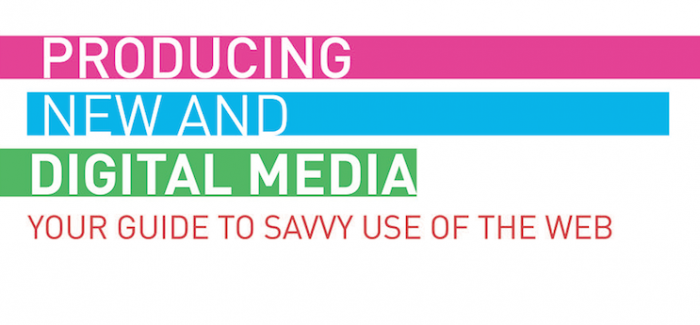Lately, I have been thinking about my personal brand and how important it is. It was very easy for me to review all my social media accounts and determine what my digital presence and identity is. The fact is, I only have a few: Facebook, Instagram and Twitter. Although Facebook is my most prominent one, I do have a small digital presence on Twitter and Instagram. I would say what I don’t post on Facebook tells more about me than what I do post. By that, I mean that I rarely post. So for me, it’s more about creating a digital identity that I would want to be known for.
But the fact, it is easy to forget that what we post online can remain online even if we delete it and this can potentially hurt our career and relationships. Anything we choose to upload, tweet, reblog, favorite, “like”, can be endless and very hard to erase. Whether our information is shared intentionally or unintentionally, our digital footprint is being gathered by various companies and employers and often used to obtain personal information about us. According to Cohen and Kenny “from the moment you turned on your first computer and double-clicked on the icon for the web browser of your choice, you have created an abundance of personal information, available through search engines such as Google or Yahoo!” (207). That is why it is far better to be in control of our digital identity than to allow something to take control. But whether we are branding, as in my case, or re-branding, it is important to be aware of the information that is out there about us. Even if we didn’t post the information, it may be attached to someone else’s post.
But how do we control our digital identity? Understanding the significance of our digital footprint is an important step in protecting our online identity. Cohen and Kenny (pp. 205-206) ask readers to consider what their online identity is and then take charge of it. To answer this question takes some thought, not because it is a hard question but because it is an important one and starts with knowing what we do everyday that is recorded. That doesn’t mean that we should be afraid to go online and visit sites. The best thing to do is not to stay offline but to be conscious of what we post.
The best way to control our digital identity is by deciding what communities we want to be a part of and what content we want to post. We should also decide what social media profiles we want to use such as LinkedIn and Facebook. Also important is to use positive aspects to help create our personal branding for example, a personal blog can highlight our strengths and personality. Finally, we should realize that controlling our digital presence and identity is long-term challenge that requires dedication and persistence.




